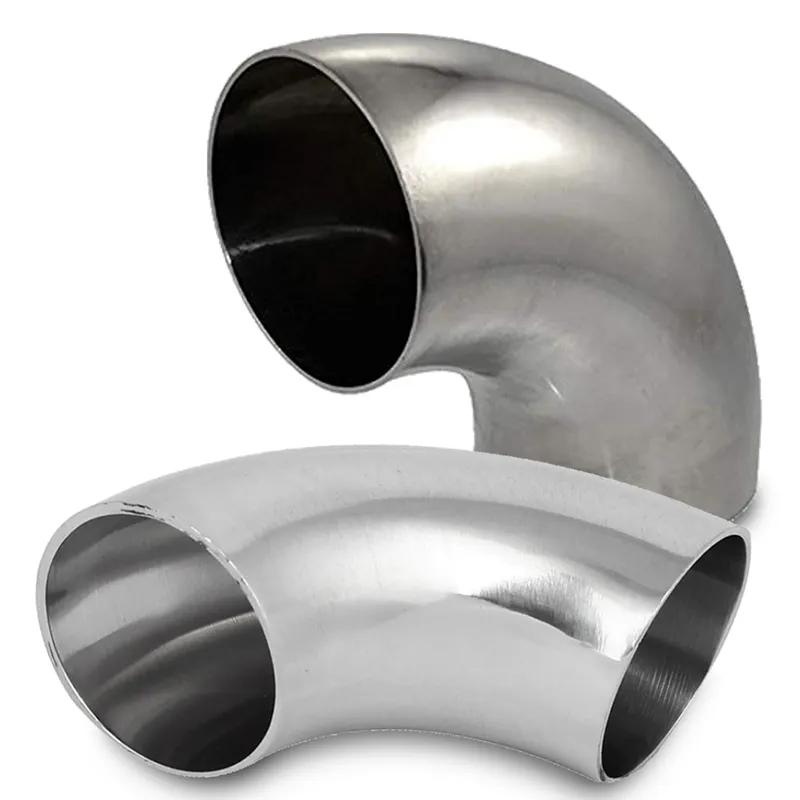-
Cangzhou Yulong Steel Co., Ltd.
-
Phone:
+86 13303177267 -
Email:
admin@ylsteelfittings.com
- English
- Arabic
- Italian
- Spanish
- Portuguese
- German
- kazakh
- Persian
- Greek
- French
- Russian
- Polish
- Thai
- Indonesian
- Vietnamese
- Zulu
- Korean
- Uzbek
- Hindi
- Serbian
- Malay
- Ukrainian
- Gujarati
- Haitian Creole
- hausa
- hawaiian
- Hebrew
- Miao
- Hungarian
- Icelandic
- igbo
- irish
- Japanese
- Javanese
- Kannada
- Khmer
- Rwandese
- Afrikaans
- Albanian
- Amharic
- Armenian
- Azerbaijani
- Basque
- Belarusian
- Bengali
- Bosnian
- Bulgarian
- Catalan
- Cebuano
- China
- China (Taiwan)
- Corsican
- Croatian
- Czech
- Danish
- Esperanto
- Estonian
- Finnish
- Frisian
- Galician
- Georgian
- Kurdish
- Kyrgyz
- Lao
- Latin
- Latvian
- Lithuanian
- Luxembourgish
- Macedonian
- Malgashi
- Malayalam
- Maltese
- Maori
- Marathi
- Mongolian
- Myanmar
- Nepali
- Norwegian
- Norwegian
- Occitan
- Pashto
- Dutch
- Punjabi
- Romanian
- Samoan
- Scottish Gaelic
- Sesotho
- Shona
- Sindhi
- Sinhala
- Slovak
- Slovenian
- Somali
- Sundanese
- Swahili
- Swedish
- Tagalog
- Tajik
- Tamil
- Tatar
- Telugu
- Turkish
- Turkmen
- Urdu
- Uighur
- Welsh
- Bantu
- Yiddish
- Yoruba

Nov . 30, 2024 12:42 Back to list
Understanding Slip Blinds and Flanges in Piping Systems for Improved Efficiency and Safety
Understanding Slip Blinds and Flanges An Essential Guide
In the world of engineering and construction, flanges and slips play a vital role in ensuring that systems function efficiently and safely. Among these components, slip blinds and flanges are particularly important. This article explores what slip blinds and flanges are, their functions, and their applications in various industries.
What Are Flanges?
Flanges are mechanical components used to connect pipes, valves, pumps, and other equipment to form a piping system. They are typically made from metal or plastic and come in various shapes and sizes to accommodate different applications. Flanges provide a reliable way to allow for disassembly and reassembly of piping systems, making maintenance more accessible.
They are usually classified by their pressure rating, material type, and the standard to which they are manufactured, such as ANSI, ASME, or ISO standards. Common types of flanges include weld neck, blind, loose, lap joint, and threaded flanges, each serving unique purposes.
Understanding Slip Blinds
Slip blinds are specialized components used primarily to provide temporary isolation of a section in a piping or process system. They are designed to slide into place between two flanges, effectively blocking the flow of fluid or gas. Slip blinds can be particularly useful during maintenance, repairs, or system modifications, allowing workers to isolate sections without needing to remove the entire pipe or equipment.
One of the key advantages of using slip blinds is that they enable a quick and efficient shutdown of a system without the complexities associated with traditional blind flanges, which can require complete disassembly of adjacent components. Slip blinds are versatile and can be made to match the flange dimensions in existing systems, ensuring a proper fit.
slip blinds flanges

The Functionality of Slip Blinds and Flanges
The combination of slip blinds and flanges provides a robust solution for managing fluid flow within various systems. When slip blinds are inserted into a piping system, they effectively create a pressure-tight seal, preventing any leaks and ensuring safety. This sealing ability is crucial in high-pressure systems, where failure to contain fluids can lead to significant hazards.
Slip blinds are often made from durable materials, including carbon steel, stainless steel, or even plastic, depending on the application. Their construction must account for the temperature and pressure conditions of the system they are installed in. Furthermore, they can be outfitted with gaskets or O-rings to enhance their sealing properties.
Applications of Slip Blinds and Flanges
Slip blinds and flanges find applications across various industries, including oil and gas, water treatment, power generation, and chemical processing. For instance, in the oil and gas sector, slip blinds can be crucial during drilling and production operations where immediate isolation is necessary for safety and efficiency. They allow for the quick maintenance of pipelines without shutting down entire production facilities.
In water treatment plants, slip blinds are used to manage flow and maintain systems without extensive downtime. This is essential for ensuring continual service and meeting regulatory requirements.
Conclusion
Slip blinds and flanges are integral components in modern piping systems, providing flexibility, safety, and ease of maintenance. Understanding their functionality and applications is essential for engineers and technicians working in various industries. As technology advances and systems become more complex, the role of slip blinds and flanges will continue to grow in importance, underscoring the need for a thorough understanding of these critical components. By investing in quality materials and proper installation procedures, industries can ensure that their systems remain reliable and safe for years to come.
Latest news
-
ANSI 150P SS304 SO FLANGE
NewsFeb.14,2025
-
ASTM A333GR6 STEEL PIPE
NewsJan.20,2025
-
ANSI B16.5 WELDING NECK FLANGE
NewsJan.15,2026
-
ANSI B16.5 SLIP-ON FLANGE
NewsApr.19,2024
-
SABS 1123 FLANGE
NewsJan.15,2025
-
DIN86044 PLATE FLANGE
NewsApr.19,2024
-
DIN2527 BLIND FLANGE
NewsApr.12,2024
-
JIS B2311 Butt-Welding Fittings LR/SR 45°/90° /180°Seamless/Weld
NewsApr.23,2024











